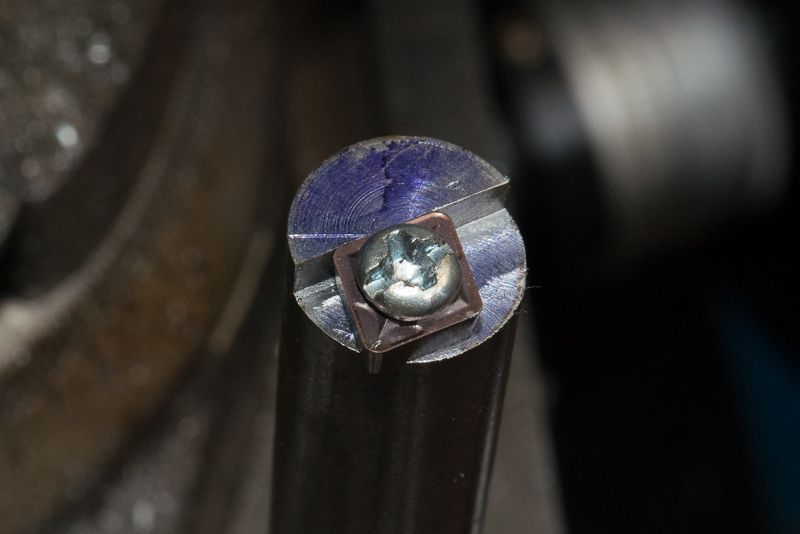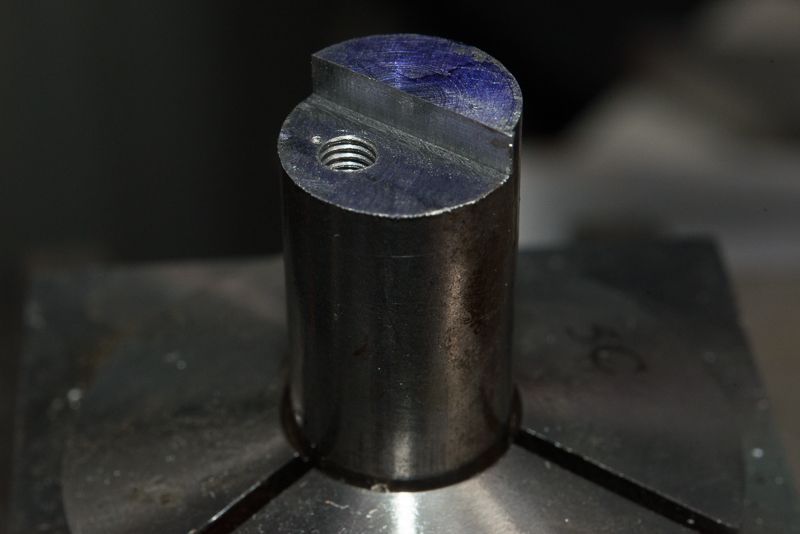kd0afk
Well-Known Member
- Joined
- Nov 5, 2012
- Messages
- 558
- Reaction score
- 52
I have been using hss but I'm starting to use indexable turning tooling. It is confusing and frustrating and I'm just talking about the triangle shaped ones.
I bought a set of five 1/2" turning tools and they take a triangular insert but I don't know which one. There are tcmt, tnmg, tnma and just when I start understanding the charts I see there is a "TT" style which doesn't show up on any chart. And to make matters worse, I measured the thickness of the insert and it doesn't match any of the inserts in the catalog. The charts don't tell you the length of one side (which I guess would make it too easy).
I measured from the center of the insert to one side and doubled it and I think the i.c. Is 3/8" but that's as far as I get.
Can someone tell me how to figure out which insert I would need for stainless steel for example?
I bought a set of five 1/2" turning tools and they take a triangular insert but I don't know which one. There are tcmt, tnmg, tnma and just when I start understanding the charts I see there is a "TT" style which doesn't show up on any chart. And to make matters worse, I measured the thickness of the insert and it doesn't match any of the inserts in the catalog. The charts don't tell you the length of one side (which I guess would make it too easy).
I measured from the center of the insert to one side and doubled it and I think the i.c. Is 3/8" but that's as far as I get.
Can someone tell me how to figure out which insert I would need for stainless steel for example?






